How to Hook Up A Fish Finder 2024
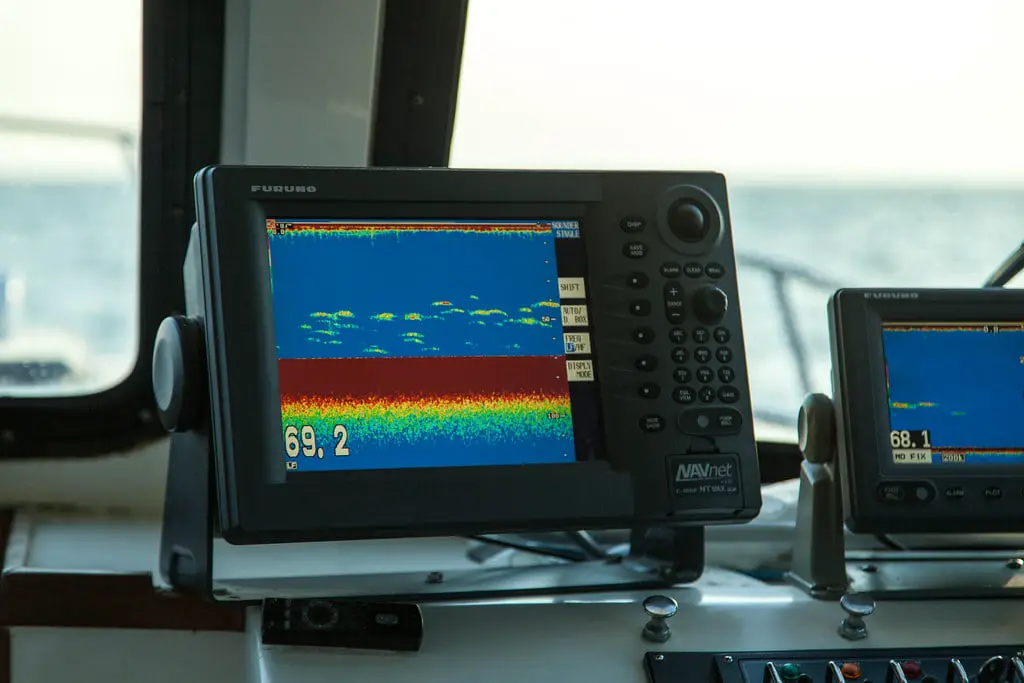
Mastering Your Fishing Experience: A Comprehensive Guide on How to Hook Up a Fish Finder 2024
Are you set up to transform your fishing task? Fish finders say that it’s now easier than ever to discover fish underwater because of technology improvements.
With the use of sonar technology, these devices give fishermen a major advantage while searching for the perfect catch by giving them up-to-date information on the underwater environment.
In this article, we will walk you through the whole process of setting up a fish detector, from gathering the necessary supplies to fine-tuning the parameters for the best regular green performance.
You will be fully equipped to take your fishing trips to new heights by the time you finish reading this article.
What are the best fishfinders in 2024?
Discovering the Top Fishfinders in 2024
As of 2024, several fishfinders stand out for their exceptional features and performance. Here are a few top options you should consider:
I find the Garmin Striker Series known for its affordability and reliable performance.
It offers CHIRP sonar technology for better target separation.
You can choose from various screen sizes to suit your preferences.
The high-resolution displays with touchscreen functionality catch my eye.
It incorporates StructureScan 3D for detailed underwater imaging.
I appreciate its support for advanced mapping and networking capabilities.
Popular models include the Helix 7, 9, and 12.
The dual-spectrum CHIRP sonar provides excellent clarity, which I find impressive.
GPS mapping and AutoChart Live features enhance your navigation experience.
The sleek design with intuitive touchscreens is something I admire.
RealVision 3D sonar offers you lifelike underwater views.
With other marine electronics, it integrates effortlessly.
Always remember to select a fishfinder based on your preferred method of fishing, financial constraints, and needs. Your fishing experience will be maximized if you do this.
Understanding Fish Finders
Let’s take a moment to understand how fish finders operate before getting into the specifics of connecting one. Fish finders use sound waves that are released into the water and bounce off underwater systems, rocks, and fish.
The returning signs and symptoms are interpreted using the fish finder and displayed on a display, presenting precious records about the intensity, place, and length of the gadgets beneath the floor.
Gathering your supplies
Get all the necessary sources ready before you begin the installation. Your fishfinder unit, mounting hardware, a transducer, an electrical supply (often a battery), and any additional cords or accessories that the manufacturer may have offered are all included in this. Having everything ready before beginning is essential to a smooth and easy installation.
Choosing the Right Location
Securing the transducer in the right location is essential to a successful fishfinder installation. To obtain quick and precise readings, you should ideally put it below the waterline on your boat’s hull. When selecting the mounting location, take into account factors such as water depth, boat speed, and potential interferences.
Mounting the transducer
With the mounting region decided on, it is time to area inside the transducer. Follow the producer’s commands carefully, using the furnished hardware to soundly attach the transducer to the hull of your boat. Ensure that it’s positioned efficiently and is in line with the waterline for first-class typical performance.
Installing the Fish Finder Unit
Once the transducer is securely installed, it is time to put it within the fishfinder unit itself. Choose a place for your boat; this is easily on hand, but it may not restrict your view or motion at the same time as fishing.
Use the provided mounting bracket and hardware to securely connect the unit, making sure it’s well positioned for maximum visibility and capability.
Mounting Options: For optimal overall performance, take into account the mounting sites.
Installing the transducer Unpack the transducer wire.
To prevent interference or obstacles, install the transducer firmly on the boat’s transom (starboard facet).
Apply a marine sealant to stop water leaks.
Secure the transducer cable with twine clips after running it through the splash well.
Connecting the Cables
With every transducer and fishfinder unit in the region, it is time to connect the cables. Start by connecting the electricity cable to your boat’s battery or electricity supply, following the polarity markings to make sure there is a proper connection. Then, attach the transducer cable to the fishfinder unit all over again, ensuring it is securely plugged in.
Testing the setup
Before hitting the water, it’s important to test your fishfinder setup to ensure everything is jogging efficiently. Power at the unit and take a look at any error messages or warnings. You can also perform a short check by dipping the transducer right into a bucket of water to simulate real-life conditions.
Fine-tuning the Settings
Once you have set up that the whole thing is on foot, it’s time to notable-track the settings in your fishfinder. Adjust the sensitivity, intensity range, and remarkable parameters regularly with your possibilities and the fishing situations you anticipate to come across.
Tips for Optimizing Performance
To get the most from your fishfinder, don’t forget to make the following recommendations:
Keep the transducer smooth and freed from particles to ensure correct readings.
Experiment with unique settings and changes to discover the top-rated configuration for your fishing style.
Regularly replace your fishfinder’s software program to access new capabilities and upgrades.
Take the time to learn how to interpret the facts displayed on the show, allowing you to make informed selections at the same time as fishing.
Conclusion
Best wishes! You’ve figured out how to hook up a fish finder with efficiency and are ready to go on your next fishing trip with confidence.
You can locate new fishing places and catch bigger fish than ever before if you follow the instructions in this article and take the time to install and setup your fish finder correctly. What, then, are you looking for beforehand? Make yourself available and get moving!
FAQs
What is a fish finder?
A fishfinder is a high-frequency sonar tool used for fish school locations in commercial fishing. It measures sound waves reflected off the seafloor or schools of fish to determine the precise distance between the ship and the fish.
What is the best way to catch a fish?
- Make sure the lure and the water color match.
- Make sure your lure sizes and shapes “match the hatch.”
- Aim for the right size of fish with the equipment you’re using.
- Verify that your trolling lures swim realistically.
- Pick your fishing line wisely.
Do I need a fish finder or not?
It’s no surprise that these have become essential boating accessories for both beginners and experienced anglers. Most anglers across the country understand that while there are some great days on the water, many days end without catching any fish. Therefore, any edge they can gain over the fish is highly valued.
How to Hook Up a Fish Finder in a Kayak 2024
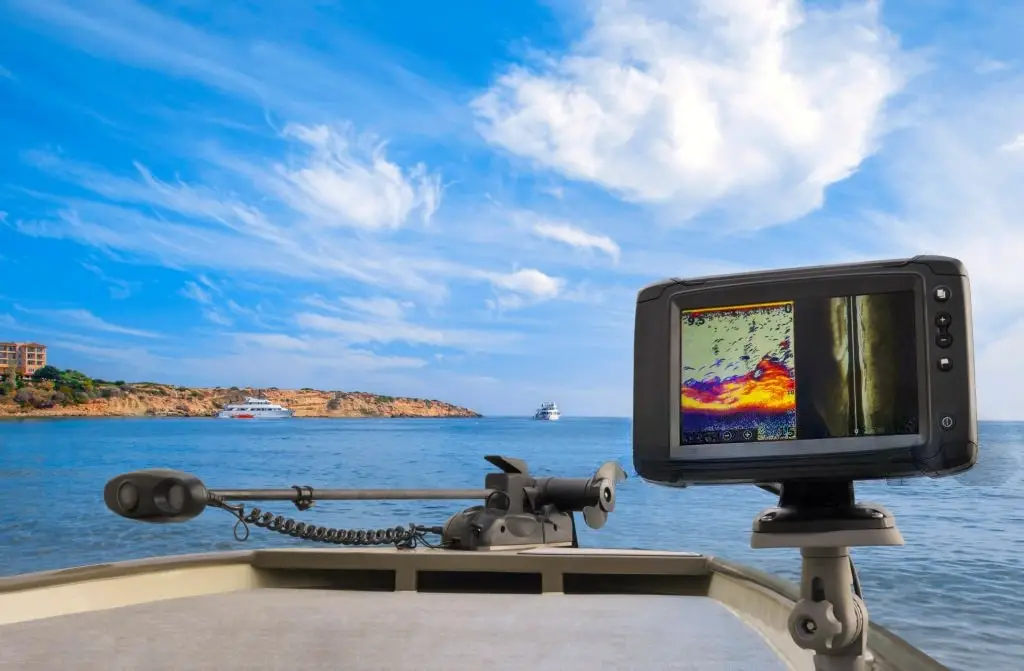
Kayak fishing gives a very precise aggregate of tranquility and adventure, permitting anglers to discover waters that huge boats cannot get proper access to. To improve your kayak fishing leisure, a fish finder is a useful device.
This tool makes use of sonar to find out underwater systems, fish, and intensity contours, assisting you in locating top fishing spots with precision. In this manual,
we are going to take you through the step-by-step process of putting a fish finder to your kayak, ensuring you’re prepared for a successful fishing day adventure.
Understanding the Basics of a Fish Finder
Before delving into the setup, it is essential to understand how a fish finder works and its key additives:
What is a fishfinder?
A fish finder is a virtual device that uses sonar (sound navigation and ranging) to discover fish underwater. It emits sound waves (sonar signs) that jump off devices below the water’s floor, after which it indicates the records on a display screen. This will help anglers test the intensity of the water, underwater structures, and, most importantly, fish.
Components of a Fish Finder
Transducer: This detail sends and gets the sonar signs and symptoms. It’s usually established on the hull of the kayak and is responsible for translating the sonar signs into visible facts on the display unit.
Display Unit: The display unit indicates the information gathered through the transducer. It generally consists of a show display that offers intensity readings, fish arches, and underwater contours. Modern gadgets can also encompass GPS functionality for navigation.
Power Source: Fishfinders require electricity to operate. Common power properties for kayaks embody small marine batteries, transportable electricity packs, or perhaps kayak-precise battery setups designed for minimal space and weight.
Choosing the Right Fish Finder for Your Kayak
Selecting the perfect fish finder is predicated on numerous factors, which consist of:
Factors to keep in mind
Kayak Size and Space: Choose a compact fishfinder that fits properly within the constrained region of a kayak. Consider where you will mount the show unit and the way in which you can stabilize the transducer.
Fishing Environment: Consider whether or not you often fish in freshwater or saltwater. Some fishfinders are better suited to unique environments because of their sonar frequencies and competencies.
Budget: Determine your budget for a fishfinder setup. While primary fashions can be low-charge, more-superior devices with GPS and, in addition, different features can also come at a higher price.
Recommended Fish Finders
Gathering the critical gadgets and materials
Before you begin putting in your fishfinder, acquire the subsequent tools and substances:
Drill with the appropriate drill bits.Screws or mounting hardware appropriate for your kayak’s cloth (plastic, fiberglass, and plenty of others.)Waterproof sealant (marinegrade) to seal holes and shield electric connectionsThe transducer mounting bundle is unique to your fishfinder model.
Electrical connectors, warmth-lower tubing, and electric-powered tape for securing and waterproofing connectionsA small marine battery or transportable electric PC is suitable for powering your fishfinder.
A step-by-step guide to putting in a fishfinder in a kayak
Preparing for InstallationBefore you start drilling holes or mounting something to your kayak, cautiously plan which matters you may pass. Consider the subsequent:
Transducer Positioning: Choose a hole in the kayak’s hull where you can see below the waterline without being blocked by anything. The transducer needs to be angled 45 degrees and placed parallel to the water’s surface.
Display Unit Mounting: Determine in which you could mount the show unit for maximum visibility and accessibility, even while kayaking. Consider using a RAM mount or a custom mount suitable for your kayak version.
Installing the transducerThe transducer is arguably the most essential issue in your fishfinder setup. Follow the steps to find it collectively nicely:
Positioning: Place the transducer on the kayak hull inside the determined-upon vicinity. Ensure it’s positioned an extended way from interference from paddling or fishing equipment.
Mounting: Use the mounting bundle provided with your fish finder to attach the transducer to the kayak hull. Follow the producer’s commands for mounting and make certain an everyday, healthy.
Securing: Use screws or bolts (relying on your kayak’s cloth) to stabilize the transducer mount. Apply marine-grade sealant at some stage to the screws to prevent water from moving into the kayak through those holes.
Mounting the show unitOnce the transducer is securely installed, cognizance begins putting in the show unit.
Choosing a Mount: Select the ideal mounting opportunity in your display unit. RAM mounts are well-known for their adjustability and stability on kayaks.
Mounting the Unit: Attach the display unit mount to a robust part of the kayak, ensuring it does not interfere with your paddling stroke or precise recreation. Secure it firmly to save you from vibrations or movement.
Wiring and Powering the Fish FinderNow it is time to connect the electric components.
Routing Cables: Carefully direct the transducer cable and electricity cable from the transducer and show the unit to your chosen battery or power source. Use cable ties to stabilize the cables along the kayak’s inner form, preserving them in a protracted manner far away from areas prone to damage.
Assembling the Transducer Cable: As directed by the manufacturer, attach the transducer cable to the display unit. To guarantee a waterproof connection, use sealant and water-proof, electric-powered connectors.
Power Source Installation: Install your preferred electricity source (e.g., small marine battery, transportable strength) in a strong area on the kayak. Ensure the battery is securely hooked up and guarded from water publicity.
Electrical Safety: Double-take a look at all connections to make sure they’re strong and waterproofed. Use heat-reduced tubing or electric-powered tape to seal connections and prevent corrosion.
Testing and calibrating your fishfinderBefore hitting the water, take an intensive look to make sure the entire machine is functioning effectively.
Power On: Turn on the fish finder and make sure the display unit powers up effectively. Verify that the transducer is sending and receiving sonar symptoms.
Depth Calibration: Calibrate the fish finder’s depth readings in line with your kayak’s waterline and the water depth wherein you will be fishing.
Sonar Settings: Adjust sonar settings, which encompass sensitivity, frequency, and intensity range, primarily based on your fishing surroundings (shallow water, deep water).
Test Run: Conduct a check run in a robust water vicinity to verify the fisherman’s primary overall performance. Look for fish arches, underwater structures, and correct intensity readings.
Maintenance Tips for Your Fish FinderTo maintain your fishfinder in the pinnacle of circumstances, observe those protection guidelines:
Regular Cleaning: Clean the transducer and display unit often to eliminate any debris, salt, or algae buildup that would have an effect on traditional universal performance.
Inspect Connections: Before every day experience, take a look at all electric-powered connections and seals for signs of damage and tear, corrosion, or harm. Repair or update any broken components right away.
Storage: Store your kayak and fish finder in a dry, sturdy location while no longer in use to shield them from exposure from the factors.
Conclusion
Installing a fish finder in your kayak can drastically enhance your fishing leisure by offering precious underwater statistics and helping you discover fish more accurately. By following this complete guide and the manufacturer’s instructions, you can successfully deploy a fishfinder in your kayak and enjoy powerful fishing outings. Explore new fishing spots, navigate with self-perception, and allow your fish finder to guide you to a fulfillment trap!
This special guide offers an entire roadmap for putting in a fishfinder for your kayak, ensuring you’re nicely organized for exciting and successful kayak fishing adventures. If you have any unique questions or want similar assistance, enjoy it to the fullest. Happy fishing!

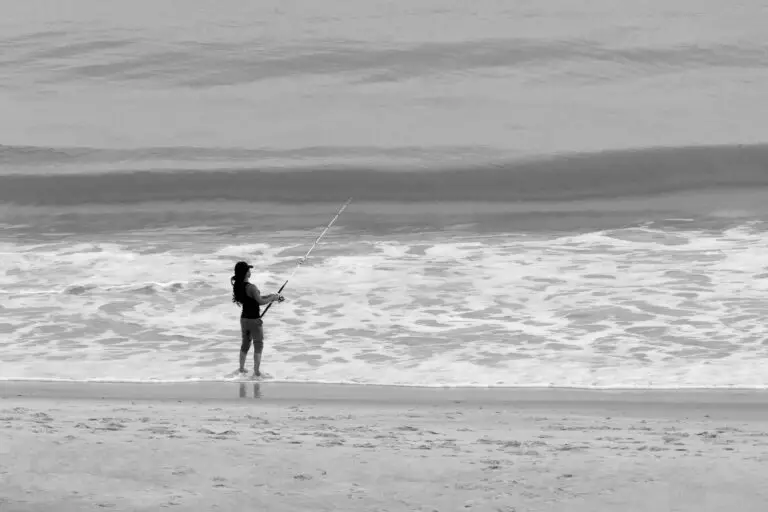
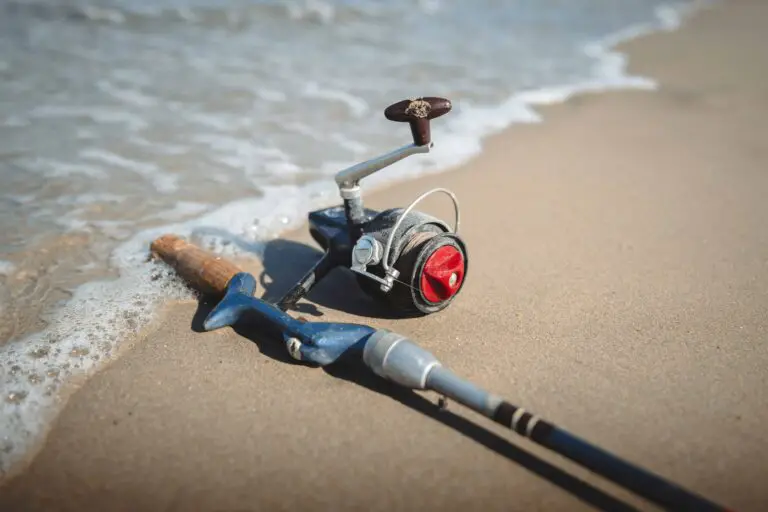

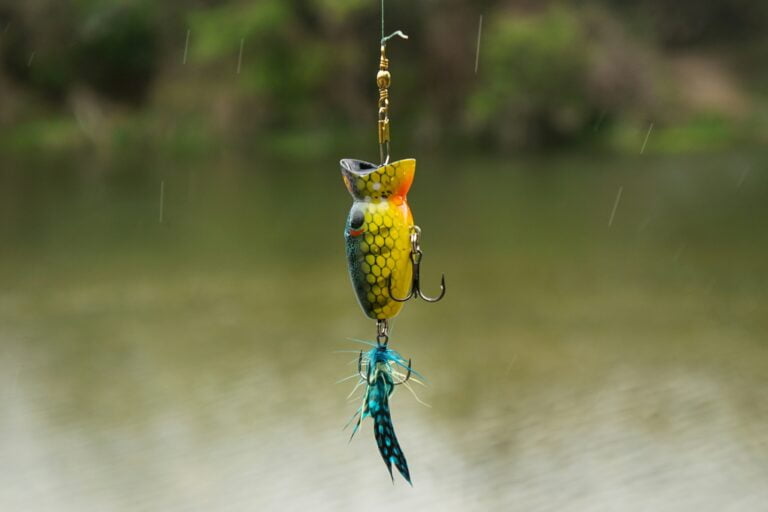
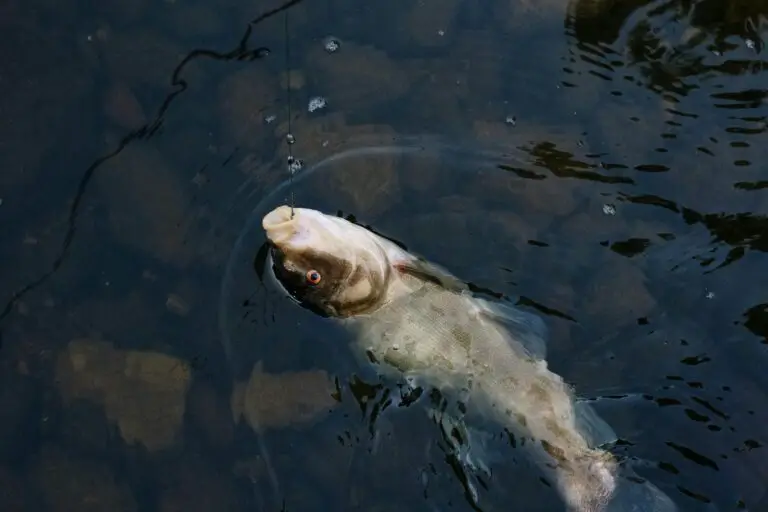

2 Comments